In times of economic woe, many businesses are tempted to kill the lights to save on electricity. The inherent peril is that if your business operates in the dark, your customers will not see you or, worse yet, forget about you.
The advantage then falls squarely on the one business that remains aglow for those who still want and need to spend money. Times are tough, but remember that many of the greatest companies of the 20th century fought to the top by staying visible and accessible during economic slowdowns. Their competitors, meanwhile, sank with reactionary measures and the never-ending spiral of self-fulfilling prophecies (i.e., “We need to cut costs—ditch the budget for helping people remember we exist…you know, that ‘marketing’ stuff I never read about.”)
So how can you keep the lights on without draining scarce funds? The answer lies in the one resource that’s relatively inexpensive to share: your insight as a product or service provider.
Making customers more aware of your abilities creates interest in new sales and upsells. It also reinforces you as trusted resource in your market when the competition has fallen silent.
If you’re worried that giving something away for free in small samples will decrease business because consumers will no longer feel the need to talk to you directly if they can access it for free online, consider this: when you walk into a Starbucks, they sell pretty much everything you need to set up a home system yourself (including instructional brochures), yet there are still lines of people every day getting free samples of knowledge and pound cake and not trying to become home-styled baristas. Some will, but most won’t. There’s a benevolent message conveyed by the willingness to give away something for free that counter intuitively encourages people to pay more because you are showing your expertise and your ability to engage in a meaningful dialogue. People won’t always act on what you say, but they will remember a feeling of goodwill that you said it.
For the meager cost of a trackable e-blast or e-newsletter, businesses can open an exciting and informative dialog with their clients (we totally do it all the time).
Beyond that, a constantly refreshed blog has a subtle yet dynamic tag—the current date. Within a culture of uncertainty, perhaps nothing does more than that little string of numbers to say, “That’s right, I’m here—and my lights are still ablaze.”






